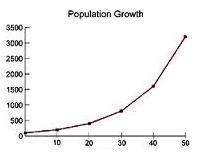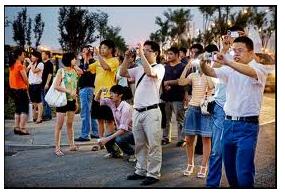 During last night’s Yankees-Twins baseball game, the commentators were discussing the Yankees’ increased use of defensive shifts.
During last night’s Yankees-Twins baseball game, the commentators were discussing the Yankees’ increased use of defensive shifts.
A “shift” is a defensive realignment of the infield to guard against a particular player’s hitting tendencies. For example, if a player is much more likely to hit the ball to the right side of the infield (as, say, a strong left-handed hitter might be), a team may move an infielder from the left side to the right side to increase the chance of defensive success.
Dramatic infield shifting was once a rarity in the game, employed against only a few hitters in the league. It is now being used with increasing frequency. “All the data is out there,” said the announcers when discussing Yankees’ manager Joe Girardi’s explanation of why he was using it more. (Which sounded remarkably like what Rays’ manager Joe Maddon, a pioneer in increased defensive shifting, had to say when asked about it some time ago).
The essential idea is that, given the reams of data now recorded on player performance, teams have a much more refined understanding of what a player will do. No longer is the projection “The player has a 30% of getting a hit”; now, it’s “The player pulls 83% of ground balls to the left side of the infield”. Naturally, teams try to use such information to their advantage.
It’s good that Joe Girardi is demonstrating an increased appreciation for, and understanding of, probability. But as last night’s game suggests, he may need to learn more about the principle of expected value.
Early in the game, the bases were loaded with two outs, and a left-handed batter came to the plate. Girardi put the defensive shift on, responding to data on this player that suggested he was extremely likely to ground out to the right side of the infield. But probability considerations should be only one part of the analysis. By leaving so much of the left side of the infield undefended, a situation was created where a weakly hit ground ball that would usually be an easy out actually produced two runs for the Twins.
In short, although the probability of that event (ground ball to the left side) was low, the risk (giving up two runs) was high. Considering both the probability and the payoff is essential to long-term success.
I’d be surprised if the Yankees’ employ the shift again in that situation. And if the Yankees need a special quantitative consultant, I am available during the summer.
 Through Math for America, I am part of an on-going collaboration with the New York Times Learning Network. My latest contribution, a Test Yourself quiz-question, can be found here:
Through Math for America, I am part of an on-going collaboration with the New York Times Learning Network. My latest contribution, a Test Yourself quiz-question, can be found here:


